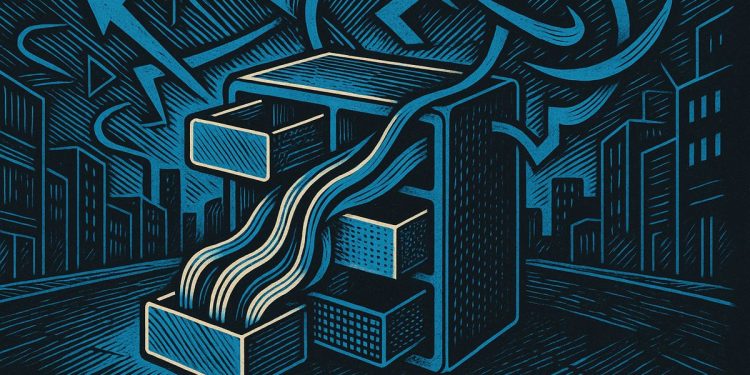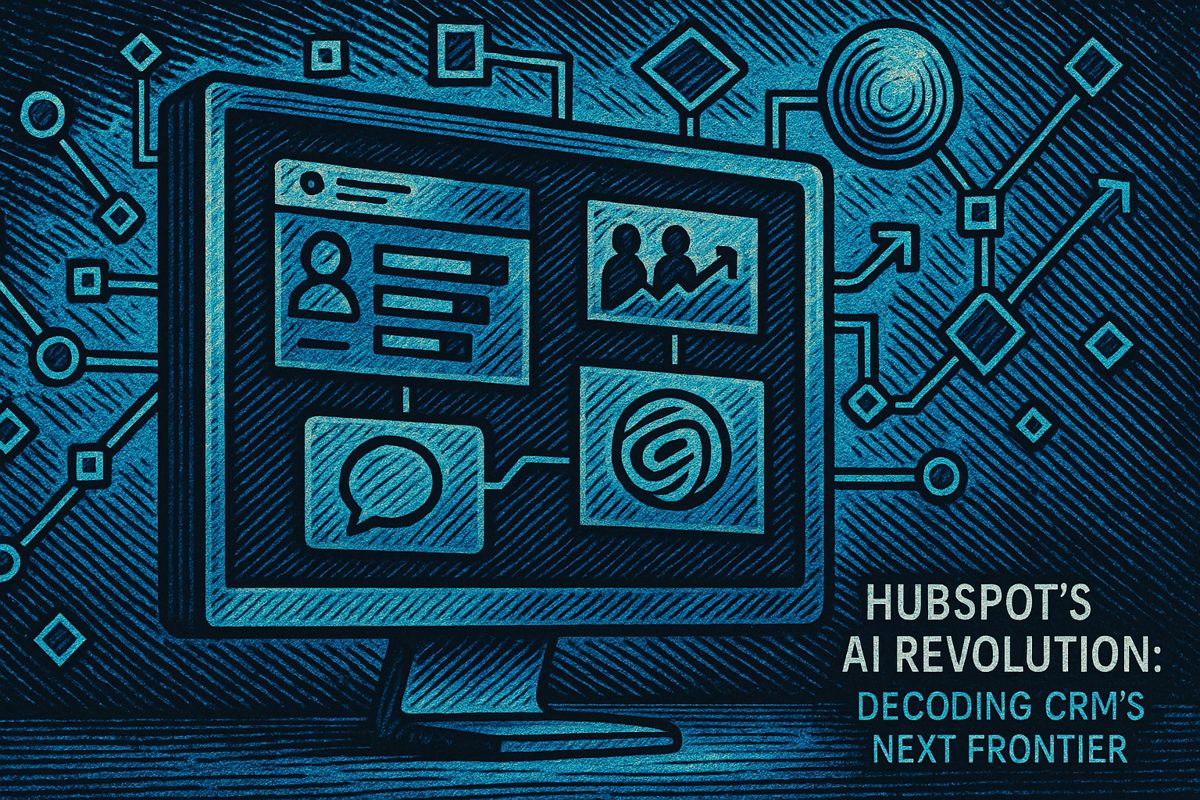Advanced context engineering helps large language models (LLMs) work better and more reliably in real-world jobs. By using smart summaries and memory blocks, these models remember important things and forget what’s not needed, which makes their answers more accurate and reduces mistakes. When faced with lots of information, the models break it into chunks, summarize each part, and then summarize again so they don’t get overwhelmed. If a tool fails or something goes wrong, the model can fix itself using feedback from the errors. These techniques turn powerful LLMs from cool experiments into helpful partners you can trust for work.
How can advanced context engineering make large language models more reliable and effective in production?
Advanced context engineering techniques for large language models in production uses techniques like reversible compact summaries, memory blocks, and recursive summarization pipelines to efficiently manage large context windows, reduce hallucination rates, and maintain high performance, making LLMs more reliable and effective for production environments.
Advanced context engineering turns 128K-token context windows from a ticking countdown into a dependable workspace. New research shows that agents lose effectiveness once 60% of the slot is occupied by raw text; practitioners now treat reversibly-compressed summaries as the primary carrier of history, leaving the rest for in-turn inputs. The technique, dubbed reversible compact summaries, stores a lossless digest plus a pointer chain that allows the agent to rewind to any earlier state without reprocessing full documents.
Memory block architecture, popularized by the MemGPT framework, refines this approach. Each block behaves like a movable partition labeled user memory, persona memory or external data. Blocks self-edit and reprioritize, ensuring that high-impact tokens remain resident while low-value summaries are off-loaded to external cache. Teams report 35% lower hallucination rates after adopting block-based memory compared with naive sliding-window truncation.
Context fills faster than most teams anticipate. A typical 30-page PDF consumes 18K tokens, and a single turn with inline web page excerpts can exhaust 24K. To counter this, recursive summarization pipelines now run before any tool call: content is chunked, summarized, then each summary is summarized again, producing a layered deck the agent can pull from at the granularity the task demands.
Tool integration brings its own pitfalls. Experiments by LlamaIndex demonstrate that accuracy peaks at around seven tools; beyond that, error rates climb by 7% for every additional function as decision boundaries blur. Equally disruptive is mid-iteration tool removal, which forces the agent to re-plan from scratch and doubles latency. Stable tool sets with clear capability descriptors outperform sprawling catalogues.
Prompting strategy completes the picture. Static few-shot examples encourage brittle rules; one resume-screening agent memorized an obsolete template and rejected qualified applicants for six weeks. Dynamic few-shot prompting, in contrast, swaps examples per session using a small retrieval index, matching the prompt to the current domain distribution and cutting misfires by half.
For reliability, leading systems pipe error messages straight back into the context window, enabling self-healing loops. When a tool call fails, the agent sees the raw traceback and adjusts its next call without human intervention. Production logs show a 40% reduction in escalations when this feedback loop is active.
These practices transform large-context models from impressive novelties into production-grade collaborators: memory blocks keep long-term goals coherent, recursive summarization secures space for new information, disciplined tool curation prevents decision paralysis, and dynamic prompting keeps behavior adaptive.



















